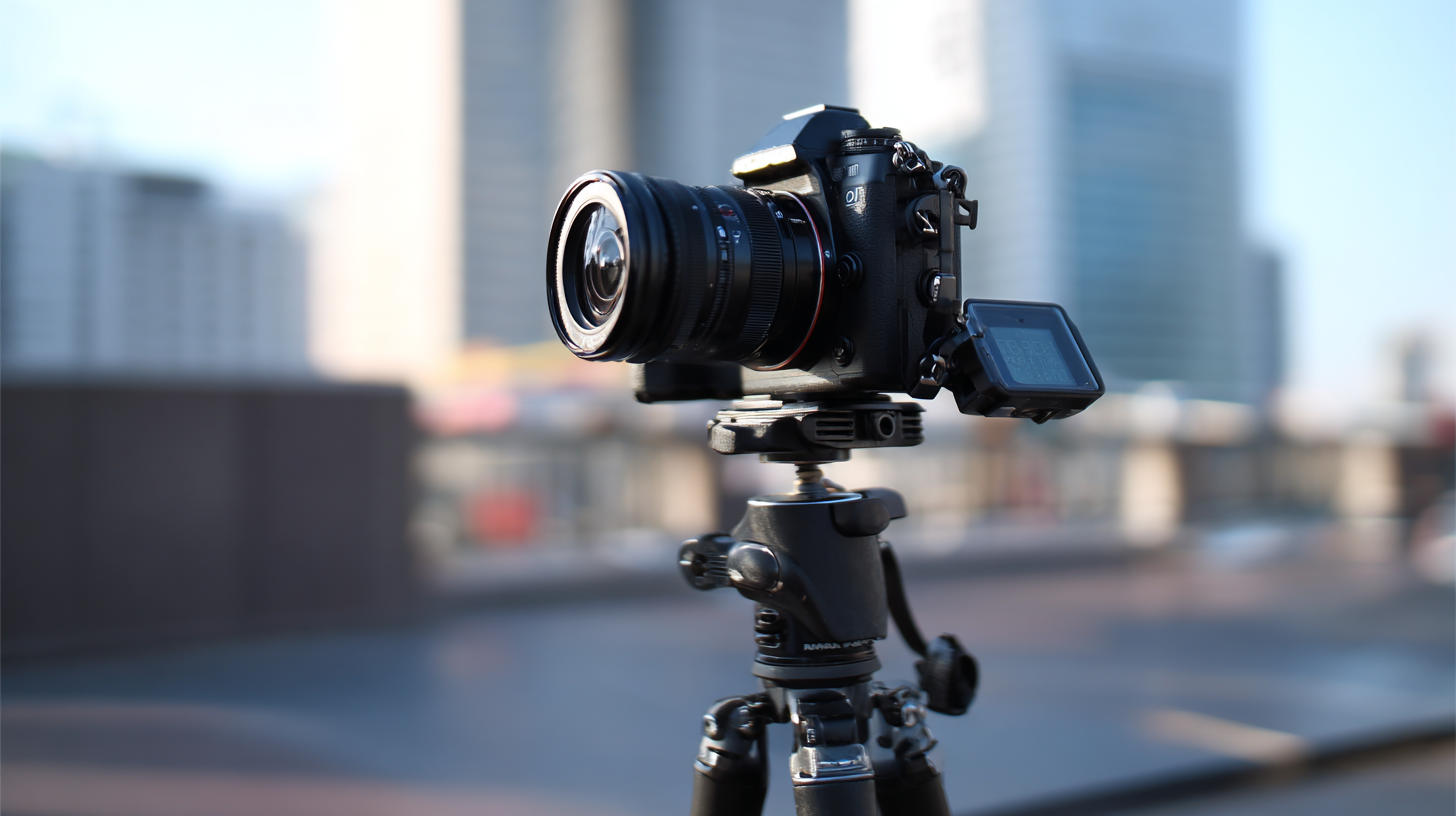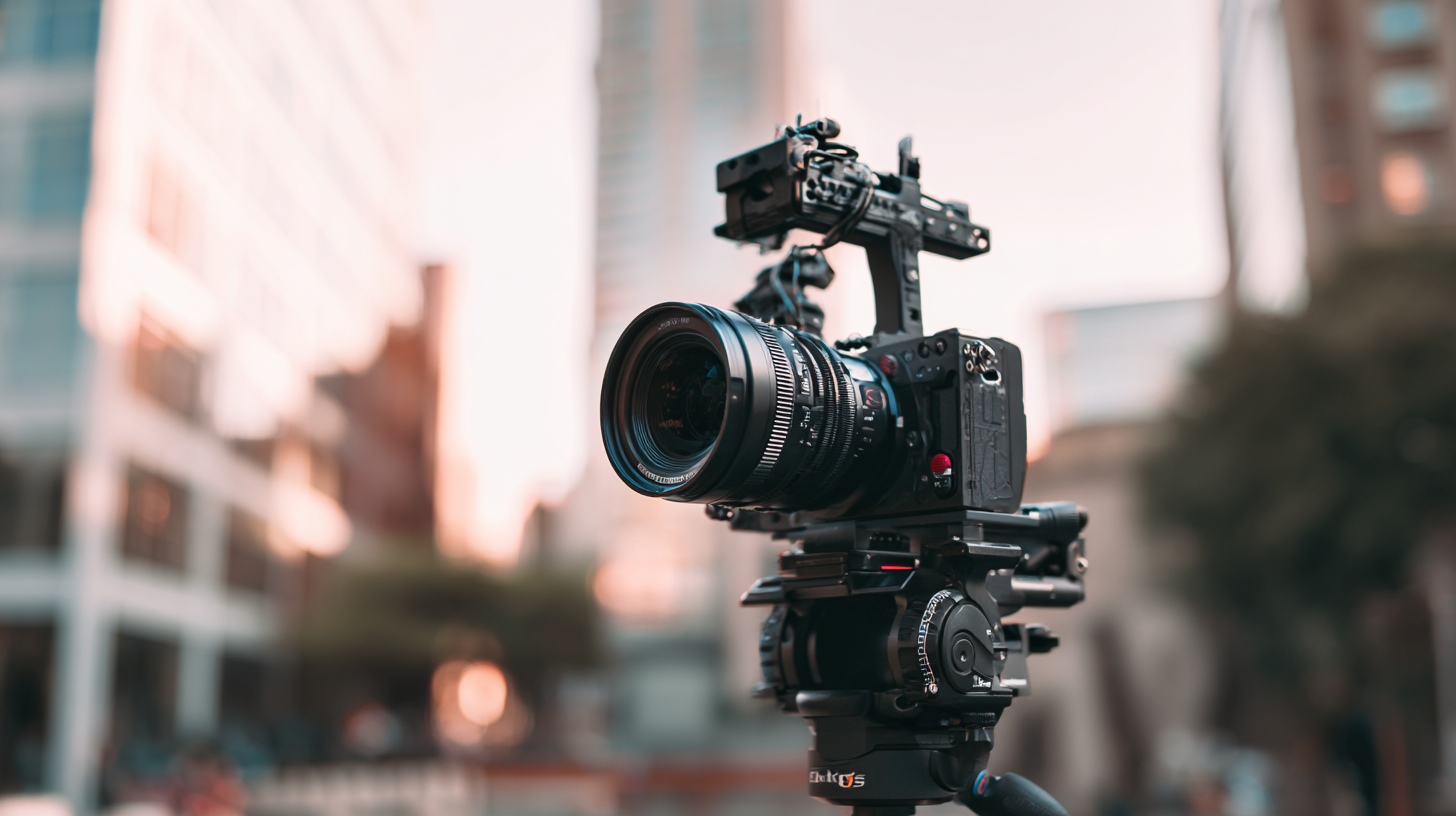In the ever-evolving world of photography and videography, selecting the right camera stand is crucial for achieving optimal results. With a multitude of options available on the market, global buyers face the challenge of navigating through various types of camera stands, each designed to cater to specific needs and preferences. Understanding the distinctive features and suitability of different camera stands is essential for making an informed decision that aligns with individual shooting styles and environments.

As we delve into the 2025 market insights, we will explore the characteristics of various camera stands, ranging from portable tripods suitable for travel photography to robust studio stands ideal for professional setups. By the end of this discussion, buyers will be better equipped to choose the camera stand that best complements their creative vision and enhances their photographic endeavors.
When it comes to purchasing camera stands, the quality of these products is paramount for global buyers. A recent report by Grand View Research highlighted that the global camera stand market is projected to grow at a CAGR of 6.2% from 2023 to 2030, underscoring the increasing demand for durable and reliable equipment. As photographers and videographers strive for perfection in their craft, investing in high-quality stands is not merely an option but a necessity. Quality stands enhance stability, accommodate varied shooting angles, and can significantly reduce the risk of equipment damage during use.
Furthermore, according to a survey conducted by IBISWorld, over 70% of professional photographers consider quality as the most critical factor when selecting camera accessories. This statistic reflects a broader industry trend that prioritizes longevity and functionality. A well-constructed camera stand can provide adequate support for various camera sizes, ensuring that users can capture stunning shots without compromising on safety or performance. For global buyers, understanding the importance of quality in camera stands not only leads to better purchasing decisions but also enhances overall creative output in their photography endeavors.
When choosing a camera stand, stability and versatility are crucial features that every global buyer should consider. A stable camera stand ensures that your shots remain steady, reducing the risk of blurry images caused by vibrations or movements. Look for stands with robust build quality, adjustable legs, and anti-slip feet. These elements contribute to a solid foundation, allowing you to shoot in various environments without worrying about your equipment's safety.

Versatility is equally important, especially for those who use different types of cameras and lenses. A flexible camera stand can accommodate a range of setups, from DSLRs to smartphones. Opt for a stand that offers adjustable height and angle settings, as these features will enable you to achieve the perfect shot, whether you're shooting from a low angle or need to extend for elevated views.
Tips: When selecting a camera stand, consider the weight capacity to ensure it can hold your camera securely. Additionally, look for models with quick-release plates for easy setup and adjustments. It's also beneficial to choose a stand that is easy to transport, particularly for on-the-go photographers who need to relocate frequently.
In the rapidly evolving world of photography, Chinese manufacturing has increasingly set a global standard for camera equipment, especially in the realm of camera stands. According to a report by MarketsandMarkets, the camera equipment market is expected to reach $16 billion by 2025, with Chinese manufacturers playing a pivotal role in this growth. Their ability to combine quality with affordability has made them a preferred choice for consumers worldwide. This trend is particularly evident as brands leverage advanced manufacturing technologies to produce camera stands that meet diverse needs, from professional photography to casual use.
When selecting a camera stand, consider the following tips:
The international emphasis on quality has prompted Chinese manufacturers to invest in research and development, aligning with the latest industry standards. Reports from Research and Markets indicate that the increasing demand for high-quality imaging equipment is driving innovations that address the needs of an expanding global market. As consumers become more discerning, prioritizing quality and reliability, camera stands from China continue to rise in popularity, setting the pace for global equipment standards.
When considering the purchase of a camera stand, global buyers often find themselves at a crossroads of price and quality. According to a report by Research and Markets, the global camera tripod market was valued at approximately $1.2 billion in 2022 and is projected to grow at a compound annual growth rate (CAGR) of 4.5% through 2025. This steady growth indicates a robust demand for camera accessories, signaling that consumers are increasingly invested in obtaining quality products that enhance their photography experience.
Price sensitivity is a significant factor influencing purchasing decisions, yet the long-term benefits of investing in higher-quality stands cannot be overlooked. A recent survey by the Consumer Technology Association revealed that 68% of consumers prioritize durability and stability over initial cost, highlighting a trend toward value over mere affordability. For instance, a well-constructed aluminum tripod may have a higher upfront cost, but its longevity and performance can ultimately lead to cost savings, as it minimizes the need for frequent replacements. By weighing the balance of price and quality carefully, buyers can make more informed decisions that align with their photographic needs and budgets.
As photography continues to evolve, so do the accessories that enhance the art form. Innovative camera stand designs are at the forefront of this transformation, catering to the needs of modern photographers. Today’s camera stands are no longer just functional; they incorporate sleek aesthetics, lightweight materials, and advanced technology to maximize usability. Photographers seek equipment that adapts to different environments, from bustling city streets to serene nature landscapes, making versatility a key feature in new designs.

One significant trend is the emergence of modular camera stands, allowing users to customize their setups based on specific shooting conditions. These stands often include detachable components, enabling quick adjustments without compromising stability. Additionally, advancements in materials such as carbon fiber or aluminum provide strength without the added weight, making these stands easier to transport. Enhanced stability features, like adjustable legs and anti-slip grips, further ensure that photographers can capture the perfect shot regardless of the terrain. As we move toward 2025, the blend of innovation and practicality in camera stand design will undoubtedly elevate the photographic experience for amateurs and professionals alike.
